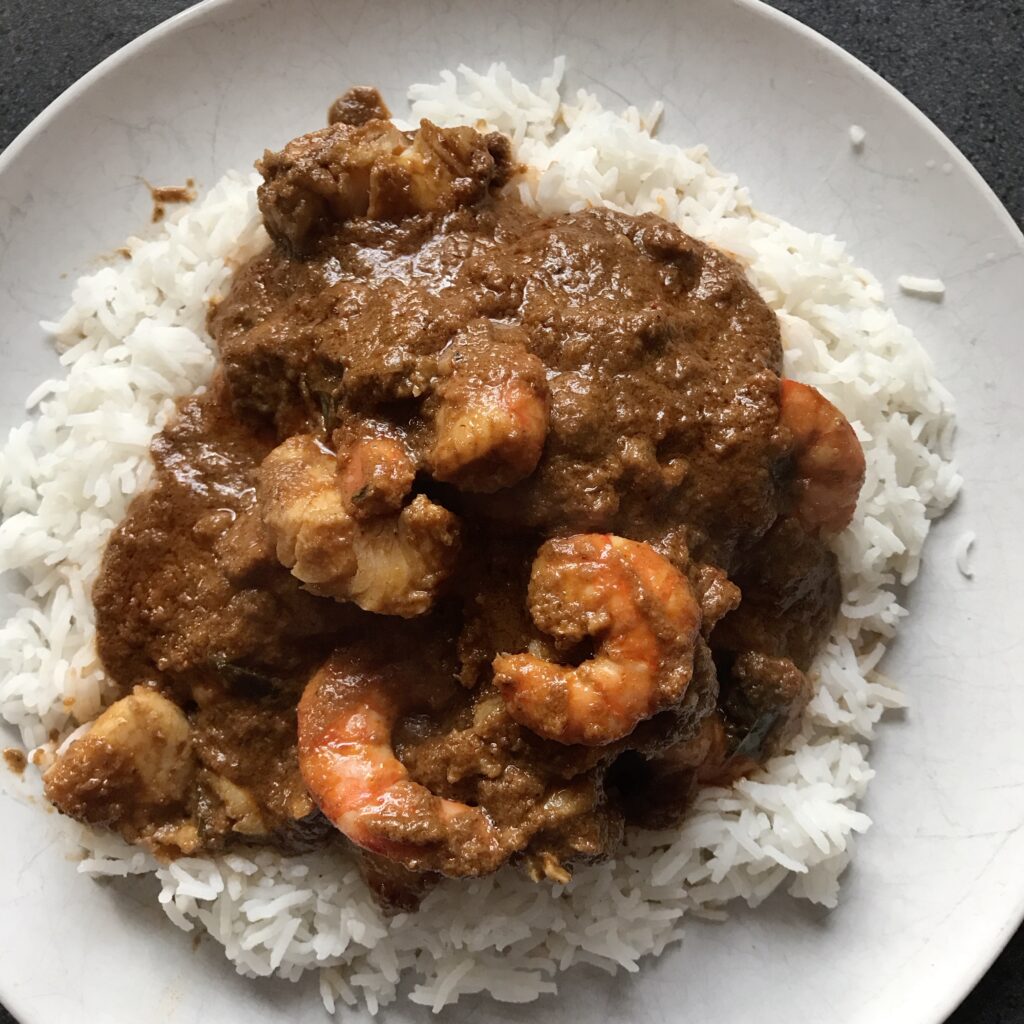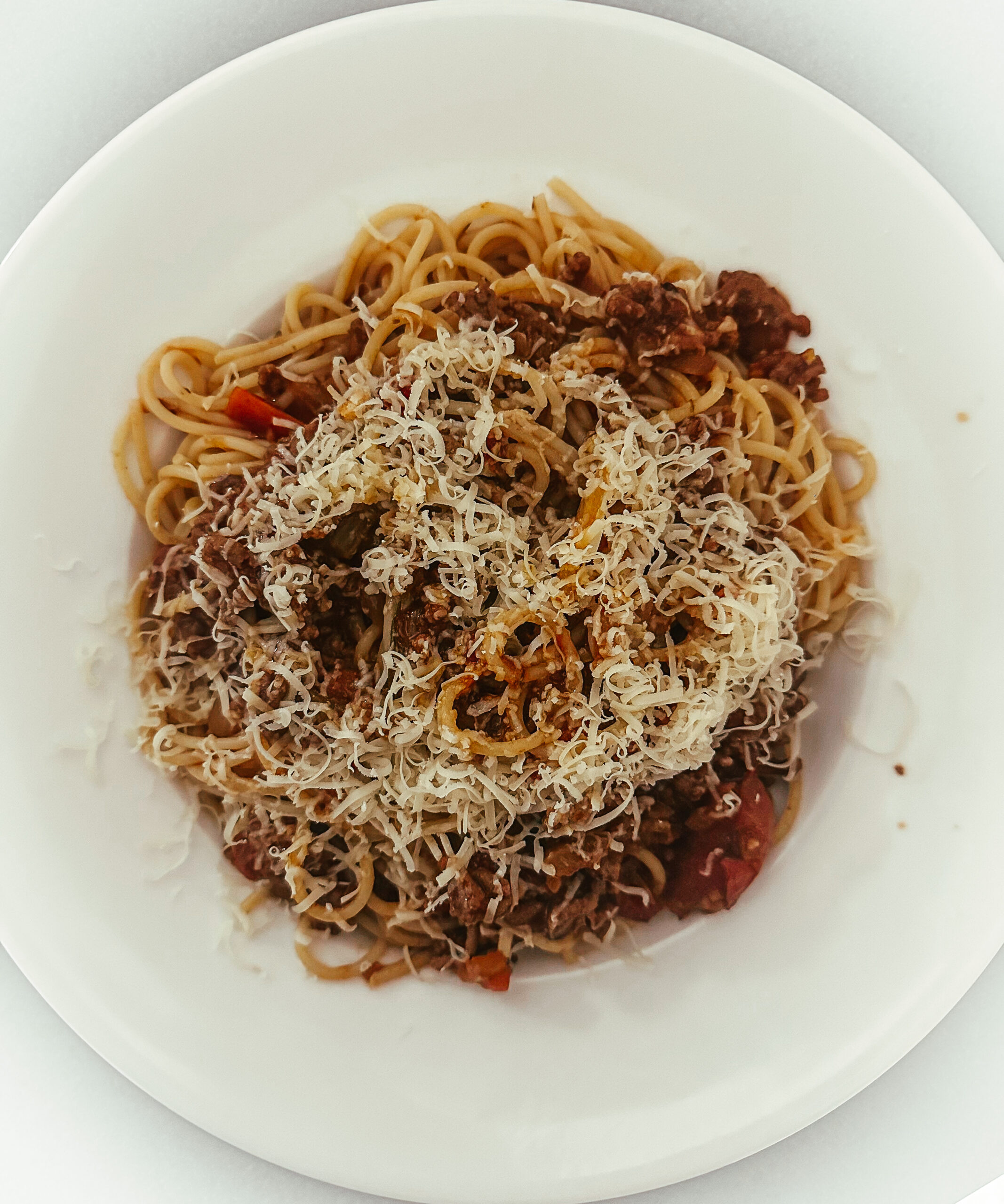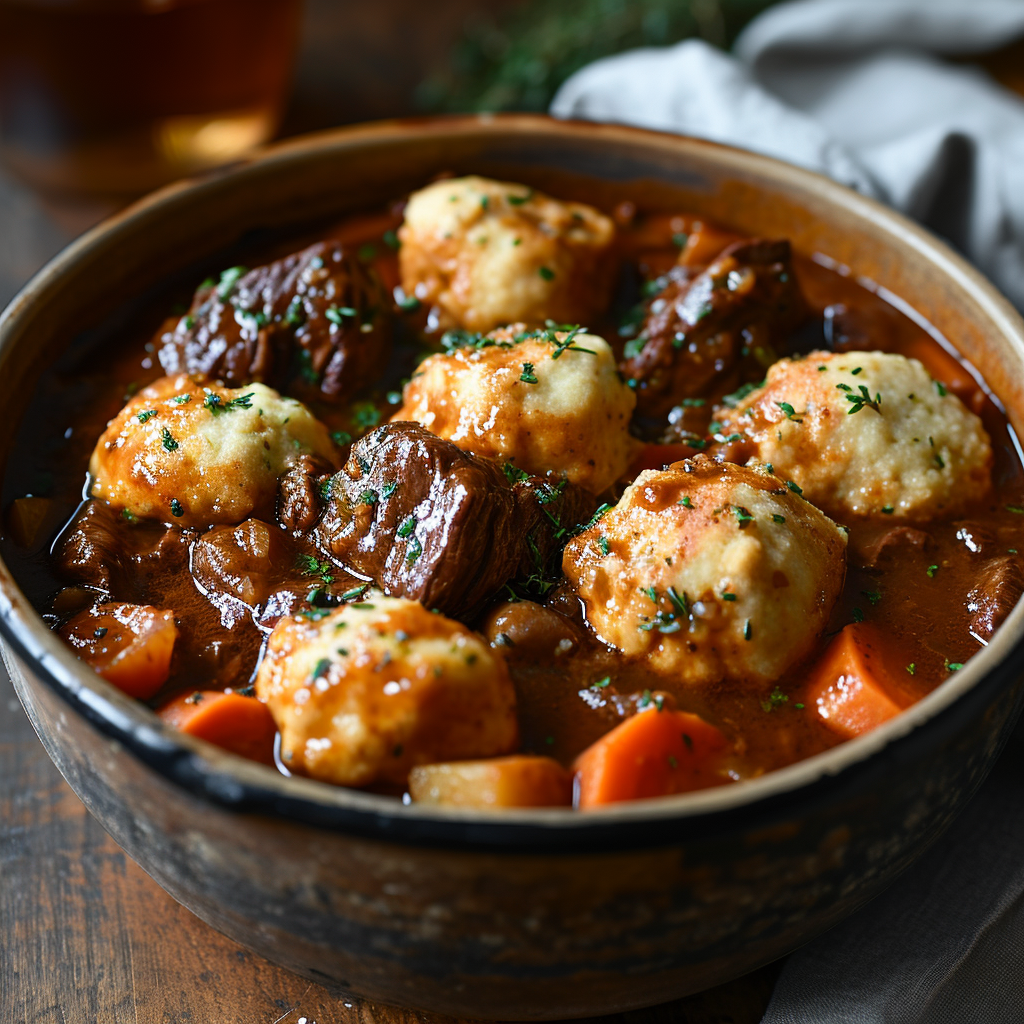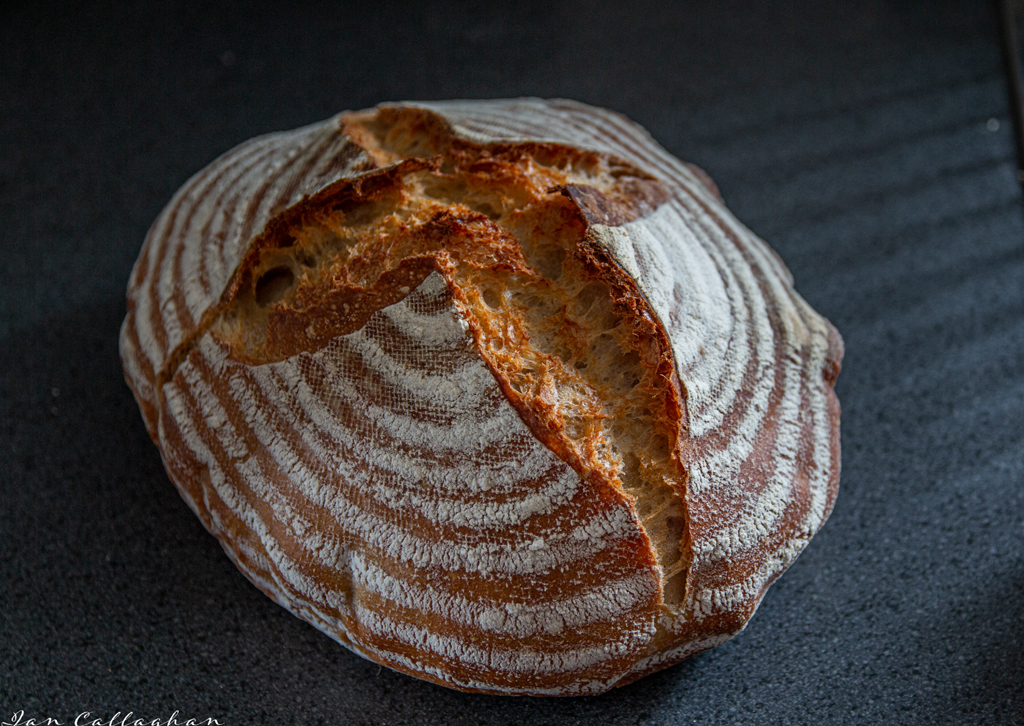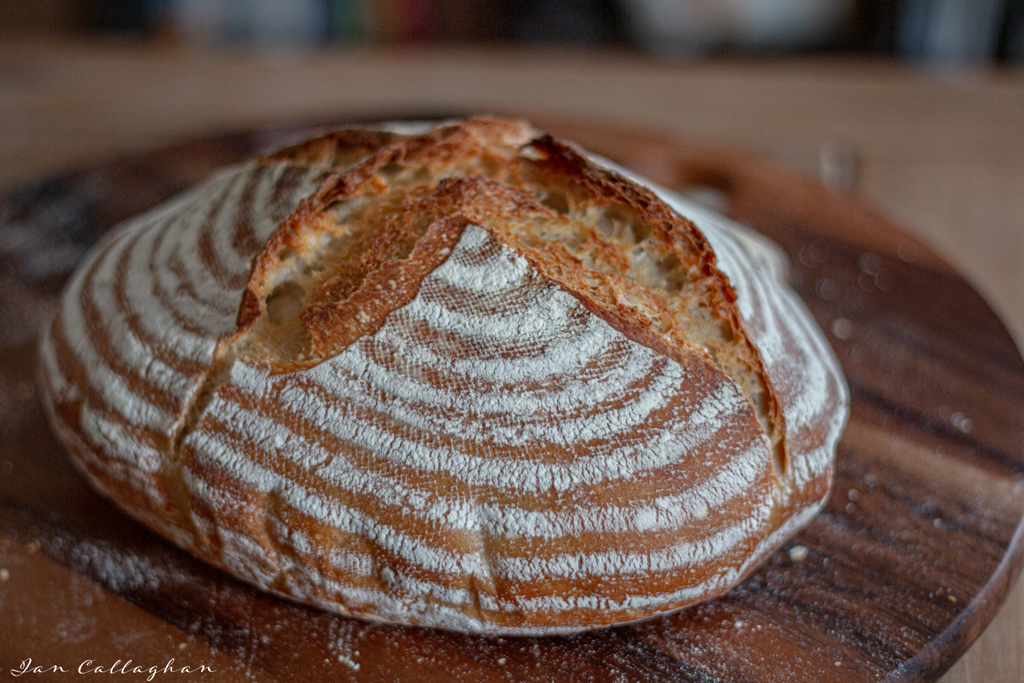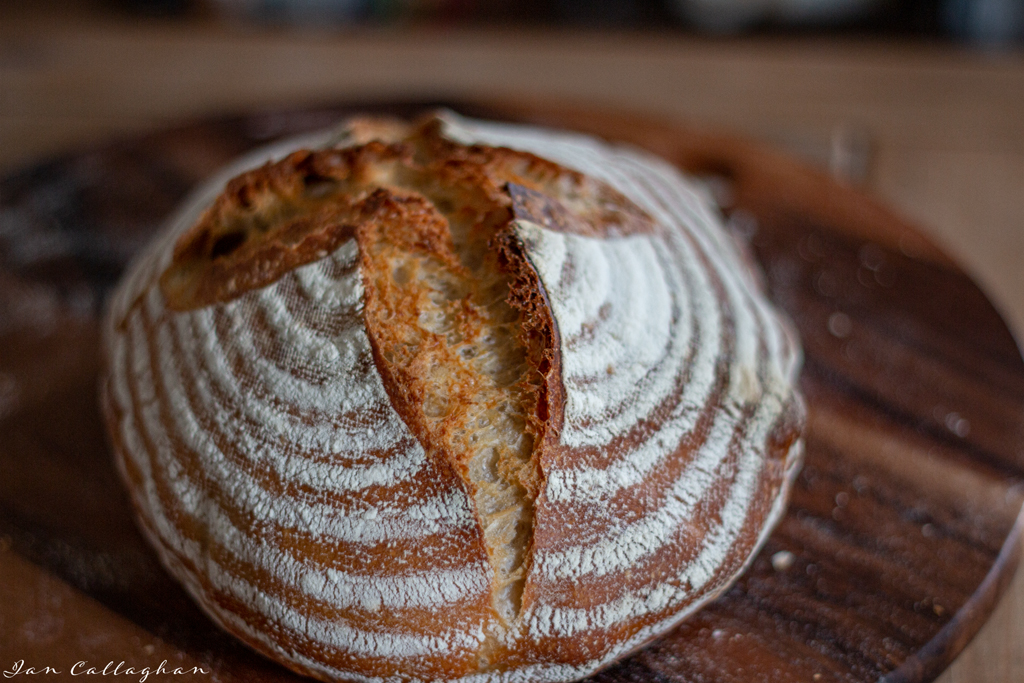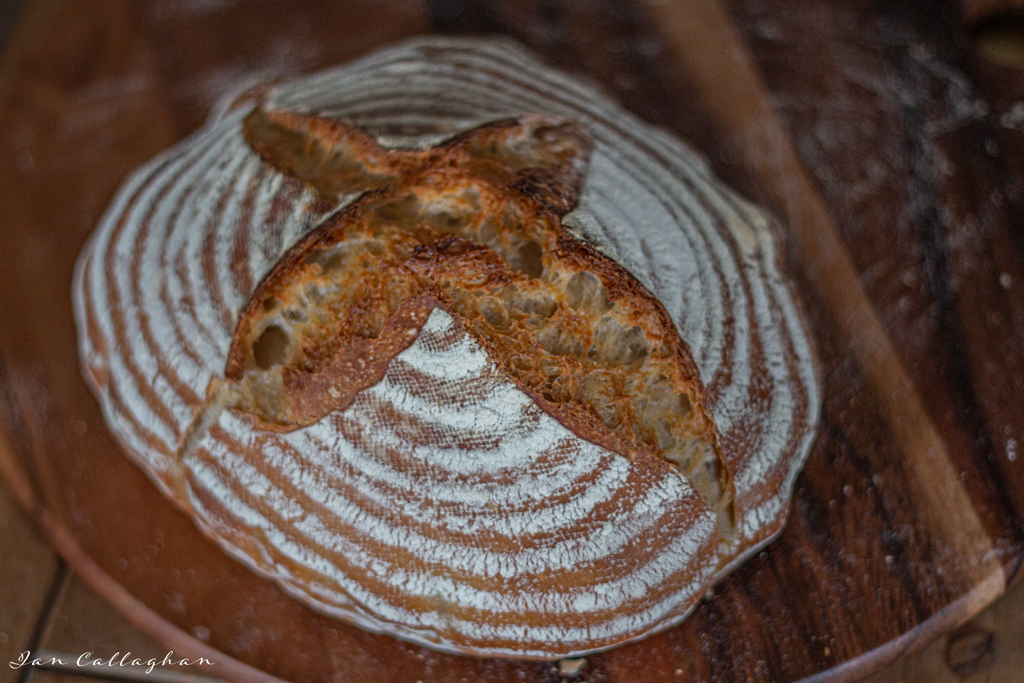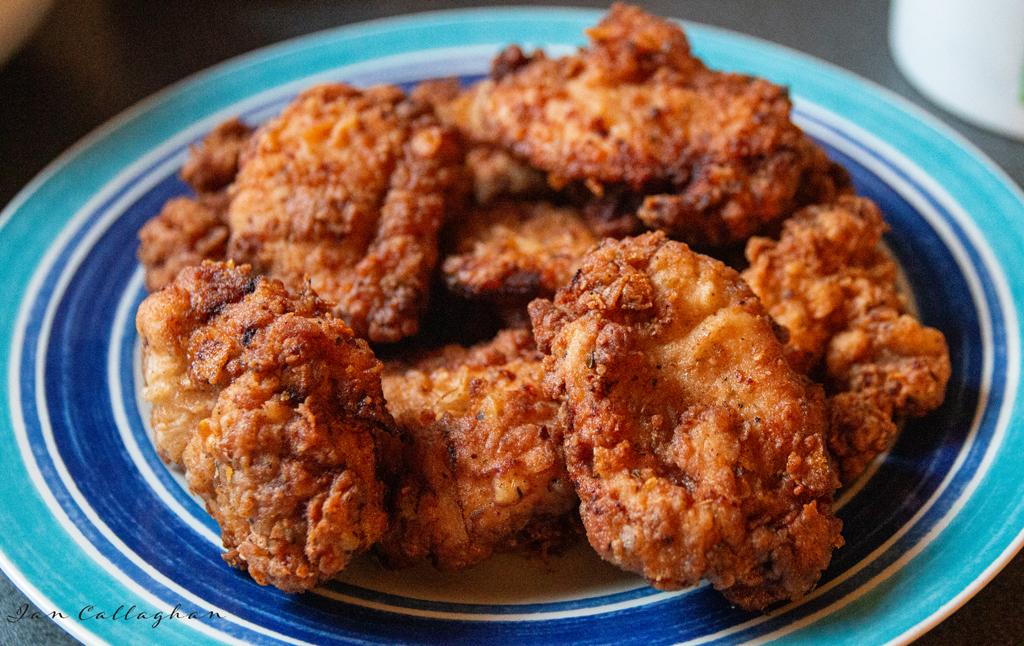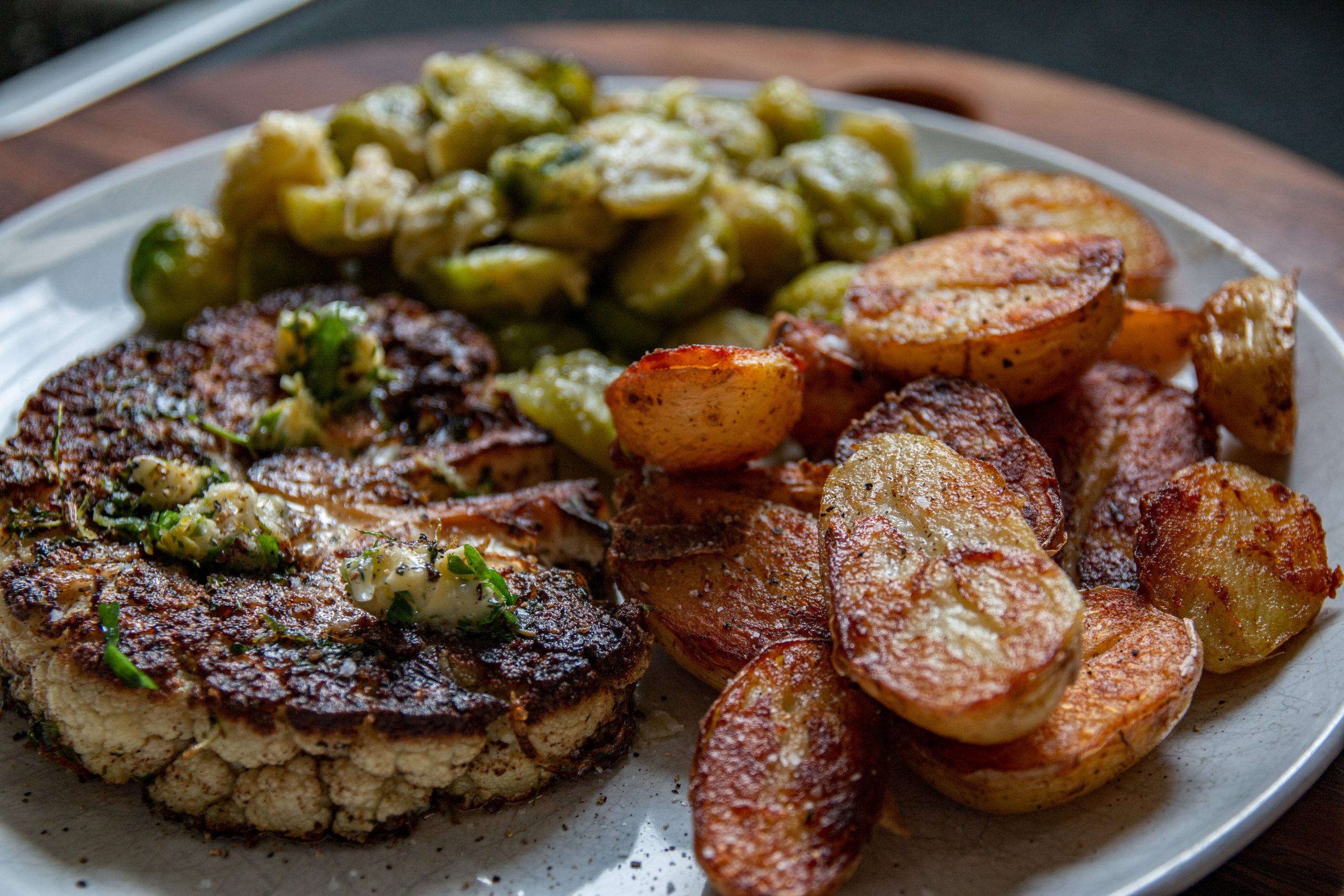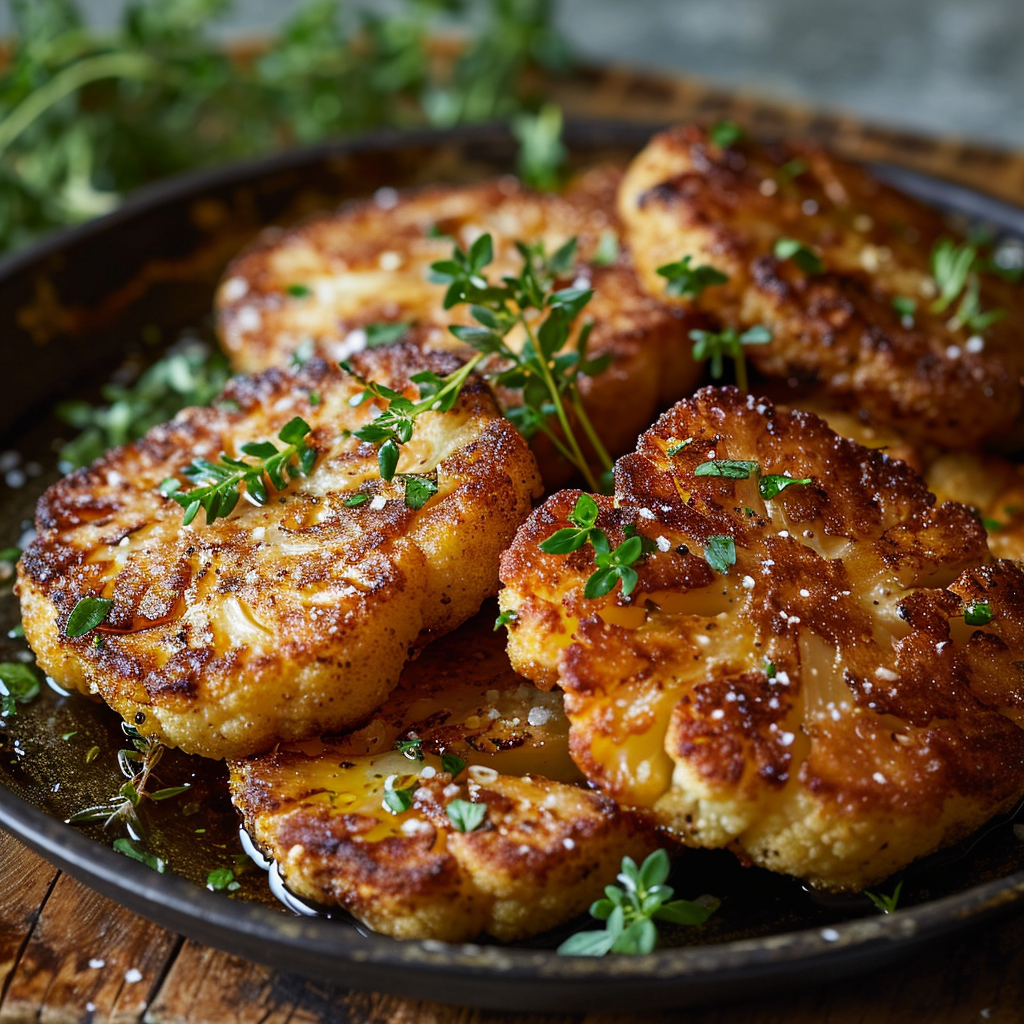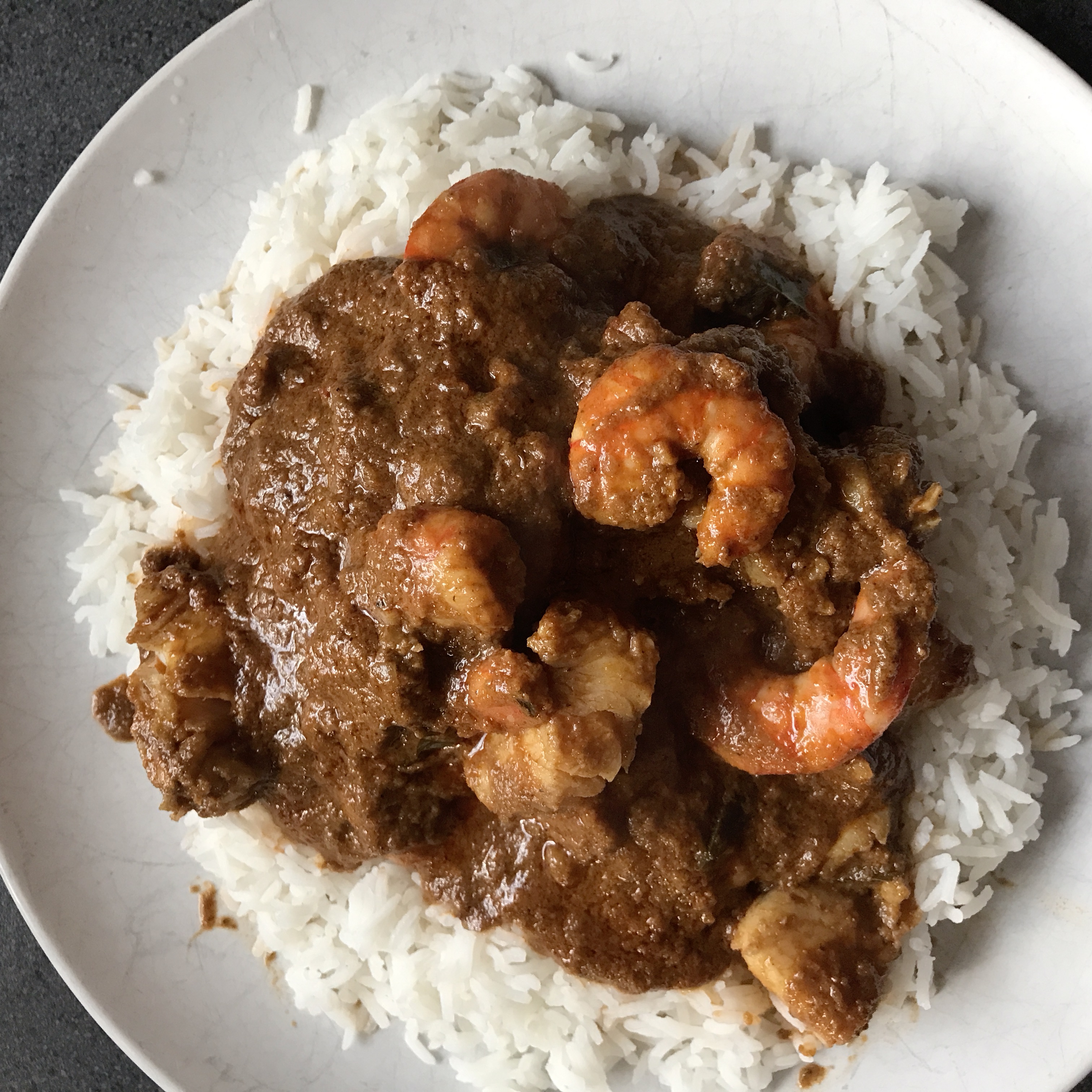
Goan cuisine is known for its delicious seafood dishes, and fish curry is one of the most popular dishes from this coastal Indian state. Goan fish curry is a spicy and tangy curry that is made with a variety of spices and coconut milk. The dish is typically made with firm white fish
Ingredients:
- 500g of fish (pomfret, kingfish or any firm fish)
- 1 large onion, finely chopped
- 2 cloves of garlic, finely chopped
- 2 green chillies, finely chopped
- 1 inch ginger, finely chopped
- 1 tomato, finely chopped
- 1 tsp turmeric powder
- 1 tsp cumin powder
- 1 tsp coriander powder
- 1 tsp red chilli powder
- 1 tsp tamarind pulp
- 1 cup coconut milk
- Salt to taste
- Fresh coriander leaves for garnish
- Oil for cooking
Instructions:
- Clean and cut the fish into medium sized pieces. Sprinkle some salt and turmeric powder on the fish and keep it aside for 10-15 minutes.
- In a pan, heat some oil and fry the fish pieces until they are lightly browned on both sides. Remove the fish from the pan and keep it aside.
- In the same pan, add more oil if required and sauté the finely chopped onions until they turn translucent.
- Add the finely chopped garlic, green chillies, and ginger and sauté for a minute or until the raw smell disappears.
- Add the chopped tomato and cook until it turns mushy.
- Add the turmeric powder, cumin powder, coriander powder, and red chilli powder and fry the spices for a few seconds.
- Add the tamarind pulp and coconut milk and bring the mixture to a boil.
- Add the fried fish pieces and salt to taste. Simmer the curry for 5-7 minutes or until the fish is cooked through.
- Garnish the curry with fresh coriander leaves.
- Serve the Goan fish curry hot with steamed rice or bread.
Note: If you cannot find tamarind pulp, you can substitute it with lime juice. Additionally, you can adjust the amount of chilli powder and green chillies to your taste. If you prefer a spicier curry, add more chilli powder or green chillies.
